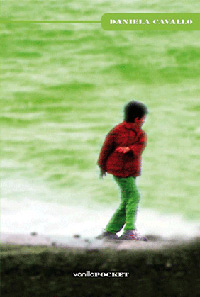Volume published on the occasion of the homonymous exhibition, curated by Angela Tecce and Alberto Zanchetta, at the Church of Sant’Aniello in Caponapoli, 16 October – 15 November 2014.
With the recent restoration of the main altar by Girolamo Santacroce, the long phase of work that, starting from the sixties of the last century, interested the church of Sant’Aniello in Caponapoli; the church has been reopened and returned to the city although much remains to be done.
The recovery was particularly significant considering the dramatic history that the church underwent, together with the nearby Santa Maria delle Grazie in Caponapoli, it has often had the sad privilege of being a symbol of the degradation and neglect of the monuments in Naples and one of the places forgotten by the Neapolitans themselves.
The monument is almost a sum of the history of the city, from the remains of the Greek and Roman walls to the traces of medieval structures, to the sixteenth-century transformations that gave the church its current appearance, up to the eighteenth-century interventions concerning the main altar.
The underlying theme of the restoration, to which the three Superintendencies worked together, it was precisely to trace the history of stratifications, alterations, additions, reuse, on which was grafted the series of dramatic events that deeply affected the extraordinary historical and artistic heritage of the church. The marble furnishings have undergone serious tampering and often only fragments have been saved and the patient work of identifying, gather, redial.
The Superintendency, which I have the honor of directing, made his own the idea of creating an exhibition by Vincenzo Rusciano in Sant’Aniello, precisely so that a contemporary artistic testimony can evoke this memory in a poetic and effective way. In the raft designed by the artist, fragments and fragments of sculptures and objects can be seen, traces of a past of which much has been lost, but luckily he was saved.
Fabrizio Vona
Superintendent for Artistic Heritage, Historical and Ethno-anthropological and for the Museum Complex of the city of Naples and the Royal Palace of Caserta







